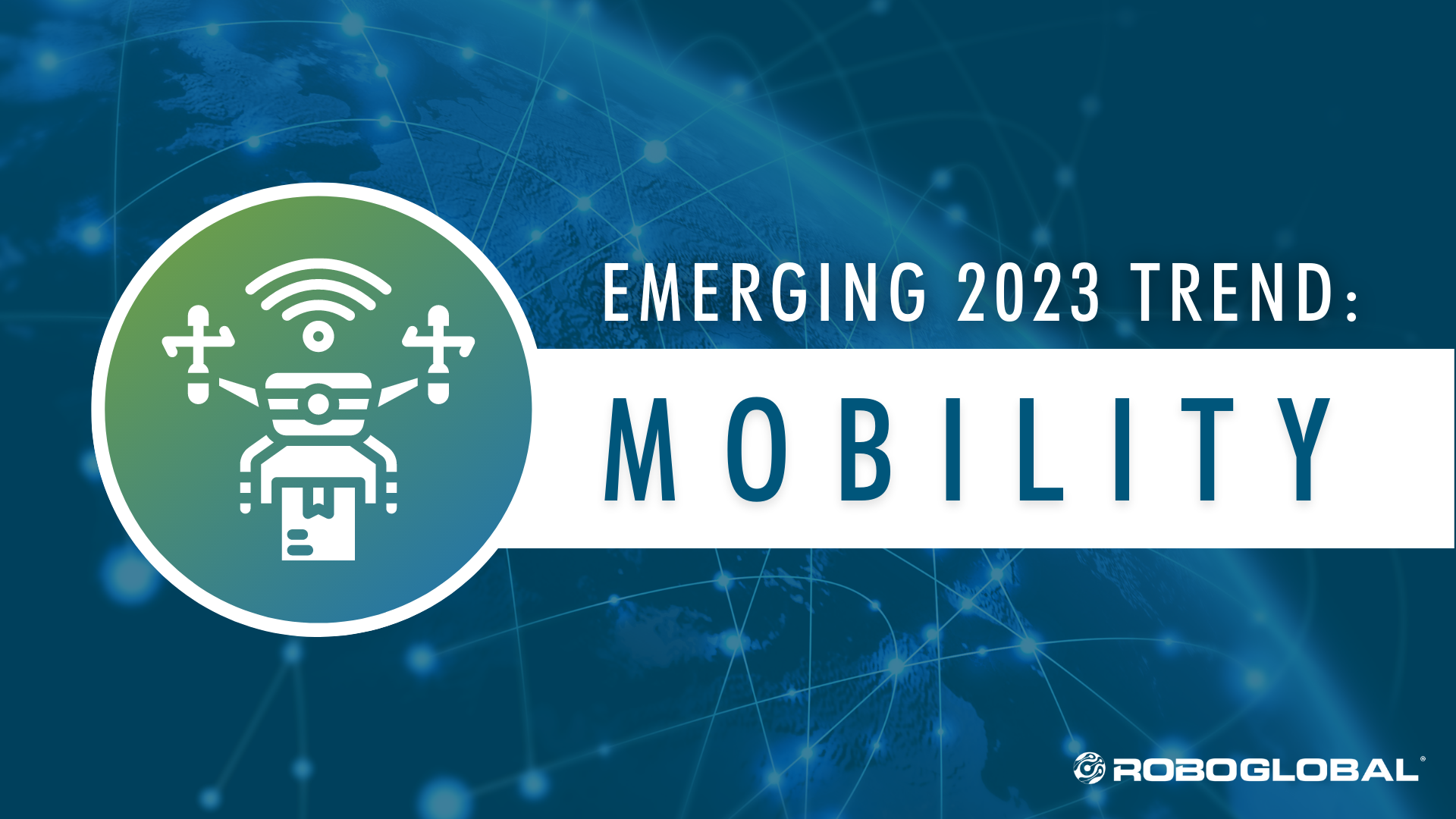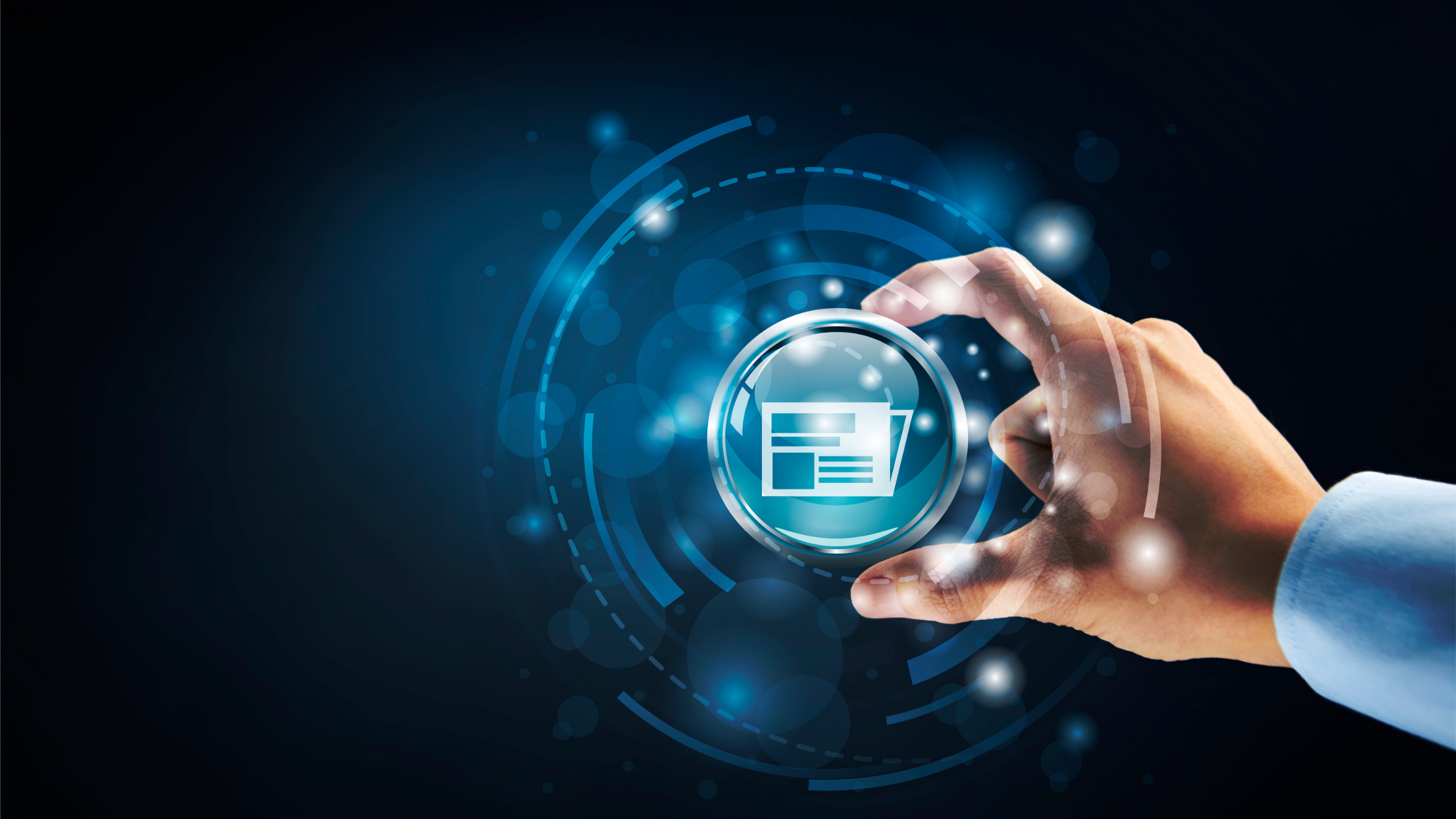Effective with the Q1 2021 rebalance, ROBO Global is making the following changes in the ROBO Global Robotics and Automation Index Series:
Changes to Security Classification and Weighting
Since the inception of the ROBO Global Robotics and Automation Index, the ROBO Global Classification Committee has classified members of the index selection universe as “Bellwether” (BW) or “Non-Bellwether” (NBW) by evaluating factors such as revenue purity, market and technology leadership, and company investments in robotics and automation technologies.
With the more recent launches of the ROBO Global Artificial Intelligence Index (August 2018) and the ROBO Global Healthcare Technology and Innovation Index (April 2019), the classification committee has calculated an index score for each company, evaluating the same factors of revenue purity, leadership, and investments, but on a more granular level than the BW/NBW approach.
The ROBO Global Index Management Committee has implemented a change to the methodology for the ROBO Global Robotics and Automation Index Series, where each company in the classification universe is assigned a 1-100 “ROBO Score” based on the factors mentioned above. Companies that score 50 or above would be eligible for the indices, with the security weight determined by the security’s ROBO Score in relation to the summation of all eligible security scores.
Summary of Changes to the ROBO Subsectors:
Subsectors removed:
• Consumer Products
• Energy
• Security
Subsectors added:
• Autonomous Systems
• Business Process Automation
Subsectors renamed:
• Computing, Processing, & AI renamed to Computing & Artificial Intelligence
Descriptions of New Subsectors:
Autonomous Systems: Autonomous Systems are designed to responsively operate in a dynamic environment with minimal human intervention. This is typically achieved by using sensors to perceive environmental conditions, modeling appropriate responses to changing conditions using planning and control system modulation, and then controlling actuators to interact with the environment. Autonomous systems may use adaptive reasoning, machine learning, statistical methods, and other forms of Artificial Intelligence to refine their own responsive behavior and their models of external conditions. Examples include indoor and outdoor transportation systems, including surface and air vehicles such as autonomous mobile robots, drones, cars, trucks, and trains, as well as autonomous mobile robots for material handling and robotic cleaning machines.
Business Process Automation: The technology-enabled automation of complex business processes drives greater simplicity, productivity, quality, transparency, sustainability, and ultimately greater competitive advantages for companies embracing a digital transformation. Ranging from data analytics and business intelligence to robotics process automation, examples also include voice assistants, chatbots, visualization and simulation software, AR/VR. Automation isn’t just for IT processes. It can apply to HR, Finance, Marketing, and Research & Development functions, streamlining workflows and automating hundreds of processes.
ROBO Index Members Subsector Changes
Autonomous Systems
• AeroVironment (previously Security)
• iRobot (previously Consumer Products)
Business Process Automation
• ServiceNow (previously Computing, Processing, & AI)
• Blue Prism (previously Computing, Processing, & AI)
• PTC (previously Computing, Processing, & AI)
• Dassault Systemes (previously Computing, Processing, & AI)
• Autodesk (previously Computing, Processing, & AI)





